A security camera with two-way audio is a surveillance device equipped with both a microphone and a speaker, enabling live, real-time communication. This technology allows you to not only hear what is happening in the camera's vicinity but also to speak through the camera using a connected smartphone app, transforming your security system from a passive observer into an active communication tool.

- What is Two-Way Audio on a Security Camera?
- How Does Two-Way Talk Technology Actually Work?
- Why is Two-Way Audio an Essential Security Feature?
- Which Types of Security Cameras Feature Two-Way Audio?
- What Should You Look for in a Camera with Two-Way Audio?
- How Do You Use Two-Way Audio Effectively?
- Are There Any Limitations to Consider?
What is Two-Way Audio on a Security Camera?
At its core, Security Camera Two-Way Audio is a feature that turns your camera into an intercom system. Unlike traditional cameras that only record video and sometimes audio, a two-way audio camera incorporates a built-in microphone to capture sound and a speaker to project your voice. This functionality is typically accessed through a companion app on your smartphone, tablet, or computer. When you receive a motion alert or simply want to check in, you can tap a button in the app to listen to the live audio feed and speak directly to whoever is on the other end.
This interactive capability fundamentally changes the purpose of home security. It shifts from a reactive model, where you review footage after an event, to a proactive one, where you can intervene and influence situations as they unfold. Whether it’s greeting a guest, calming a pet, or warning a potential intruder, the ability to communicate instantly from anywhere in the world adds a powerful layer of control and peace of mind.
How Does Two-Way Talk Technology Actually Work?
The magic of two-way communication in security cameras lies in a seamless integration of hardware and software working over your internet connection. Understanding the basic mechanics helps you appreciate the technology and make better purchasing decisions. The process involves capturing your voice, transmitting it over the network, and playing it back through the camera's speaker, all while doing the reverse for the audio from the camera's location.
The Key Components: Microphone, Speaker, and Connectivity
Three primary elements make two-way audio possible. First is the microphone embedded in the camera, which is designed to pick up ambient sound clearly. Second is the speaker, which must be powerful enough to project your voice intelligibly over a reasonable distance. Finally, and most critically, is the internet connection (Wi-Fi or Ethernet). When you speak into your phone, the app digitizes your voice, sends the data packet over the internet to the camera, which then decodes it and plays it through its speaker. This entire process happens in a fraction of a second to enable near-real-time conversation.
Half-Duplex vs. Full-Duplex: What's the Difference?
Communication through these devices generally falls into two categories: half-duplex and full-duplex. This distinction is crucial as it directly impacts the user experience. Half-duplex systems operate like a walkie-talkie; only one person can speak at a time. You have to press a button to talk and release it to listen. Full-duplex systems, on the other hand, function like a telephone call, allowing both parties to speak and be heard simultaneously.
Full-duplex provides a more natural and fluid conversation, making it ideal for interacting with family members or visitors. High-quality cameras, like those in the Botslab lineup, often strive for full-duplex communication to deliver a superior user experience. Understanding this difference helps you choose a camera that fits your primary communication needs.
| Feature | Half-Duplex | Full-Duplex |
|---|---|---|
| Communication Flow | One direction at a time (like a walkie-talkie) | Both directions simultaneously (like a phone call) |
| User Interaction | Requires pressing a "talk" button | Natural, free-flowing conversation |
| Best Use Case | Brief announcements, warnings | Conversations with family, guests, or delivery personnel |
Why is Two-Way Audio an Essential Security Feature?
The inclusion of two-way audio elevates a security camera from a simple recording device to an indispensable interactive security hub. Its benefits extend far beyond just surveillance, providing practical solutions for everyday scenarios and critical security situations alike. This feature is no longer a luxury but a fundamental component of modern home protection.
Proactive Deterrence: Scaring Off Intruders in Real-Time
The single most powerful benefit of two-way audio is its ability to proactively deter threats. When a motion sensor is triggered, you don't have to be a passive witness. You can immediately activate the speaker and issue a direct warning, such as, "You are on camera and are being recorded. Leave the property immediately." The unexpected sound of a human voice is often enough to startle and scare away potential burglars, stopping a crime before it ever happens. This is far more effective than an alarm that sounds after a break-in has already occurred.
Seamless Communication: Connecting with Family, Pets, and Visitors
Beyond security, two-way talk is a fantastic tool for staying connected. You can use an indoor camera to check on your kids after school and help them with homework, or comfort a pet experiencing separation anxiety with the sound of your voice. If you have elderly family members at home, it provides an easy way to check in without needing them to answer a phone. It bridges distances, allowing you to be present and interactive even when you are physically away.
Instructing Delivery Personnel for Secure Package Handling
With the rise of online shopping, package theft has become a major concern. A video doorbell or an outdoor camera with two-way audio allows you to speak directly with delivery drivers. You can provide specific instructions, like "Please place the package behind the planter," ensuring your items are kept out of sight. This direct communication not only secures your deliveries but also provides a record of the interaction, adding another layer of accountability.
Which Types of Security Cameras Feature Two-Way Audio?
Two-way audio is now a standard feature across a wide range of smart security cameras. The implementation and audio quality may vary, but the core functionality is available in several form factors, each designed for a specific purpose. Choosing the right type depends on the area you want to monitor and the kind of interaction you anticipate.
Indoor Cameras for Home Monitoring
Indoor cameras are perfect for keeping an eye on activity inside your home. They are commonly used as pet cams, baby monitors, or to monitor main living areas. The Botslab Indoor Cam 2, for example, offers crystal-clear two-way audio that allows for effortless communication with family and pets, making you feel like you’re right there in the room.
Outdoor Cameras for Perimeter Security
Designed to withstand the elements, outdoor cameras monitor driveways, backyards, and entry points. Two-way audio in these devices needs to be robust, with powerful speakers and noise-canceling microphones to cut through wind and street noise. Models like the Botslab Outdoor Cam 2 Pro are engineered for this, ensuring your voice is heard loud and clear when addressing visitors or deterring trespassers.
Video Doorbells: The Frontline of Communication
Video doorbells are perhaps the most common application of two-way audio. They replace your traditional doorbell and allow you to see, hear, and speak to anyone at your door from your smartphone. This is invaluable for screening visitors, accepting deliveries, or telling a solicitor you're not interested without ever opening the door.
What Should You Look for in a Camera with Two-Way Audio?
Not all two-way audio systems are created equal. When selecting a security camera, it's important to look beyond the mere presence of the feature and consider the quality and usability of its audio components. A camera with poor audio performance can be more frustrating than helpful.
Audio Clarity and Volume Control
The primary factor is audio quality. The microphone should be sensitive enough to pick up sounds without excessive static, and the speaker should be clear and loud enough to be understood. Look for specifications that mention noise cancellation or echo suppression, as these technologies filter out background noise for a much cleaner audio stream. The ability to adjust the speaker volume through the app is also a highly useful feature.
Low Latency for Real-Time Conversations
Latency refers to the delay between when you speak and when your voice is heard through the camera's speaker. High latency can make conversations feel disjointed and unnatural. A high-quality camera with a stable connection will minimize this delay, enabling smooth, real-time communication that feels more like a phone call than a delayed transmission.
App Integration and Ease of Use
The feature is only as good as the app that controls it. The companion app should have an intuitive interface, making it easy to initiate a conversation. A well-designed app, like the Botslab app, will feature a prominent microphone icon on the live view screen, allowing you to start talking with a single tap. A responsive and user-friendly app ensures you can react quickly when it matters most.
How Do You Use Two-Way Audio Effectively?
To maximize the benefits of your two-way audio security camera, a few best practices can make a significant difference. First, when addressing a potential intruder, use a calm but firm and authoritative tone. Clear, direct commands are most effective. For friendly interactions, speak as you normally would on a phone call. It is also wise to test the feature when you first set up the camera to understand its range and volume. Position outdoor cameras in a way that the speaker is not directly exposed to high winds, which can distort sound. Regularly check your app and camera for firmware updates, as these often include improvements to audio performance and connectivity.
Are There Any Limitations to Consider?
While incredibly useful, two-way audio is dependent on a strong and stable internet connection at both the camera's location and on your mobile device. A weak Wi-Fi signal can lead to audio dropouts, lag, or a complete failure to connect. Furthermore, the quality of the built-in microphone and speaker can vary significantly between brands and models. Lower-end cameras may have tinny speakers or microphones that pick up too much ambient noise, making communication difficult. It's important to invest in a reputable brand known for quality hardware to ensure the feature performs reliably when you need it.


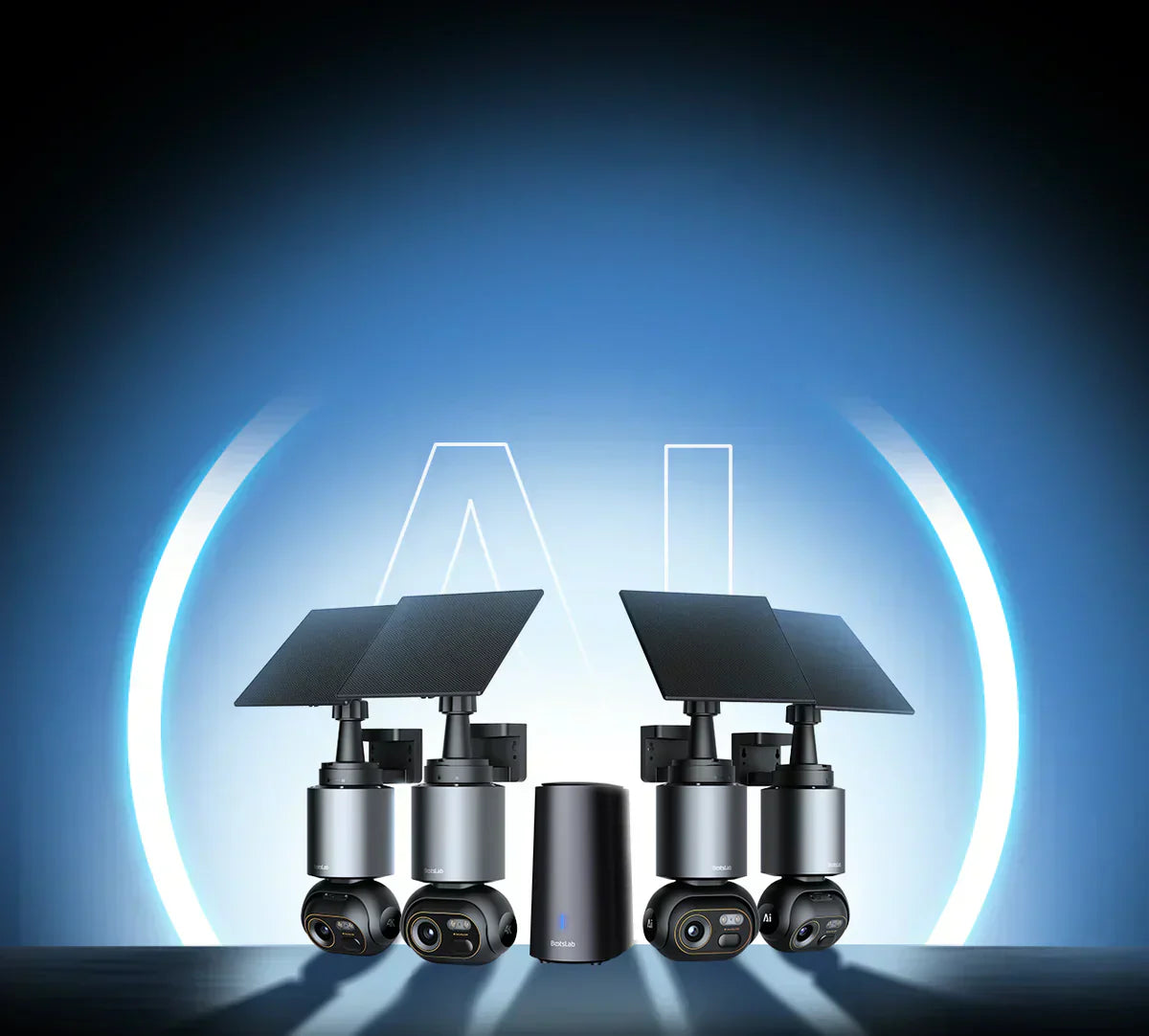
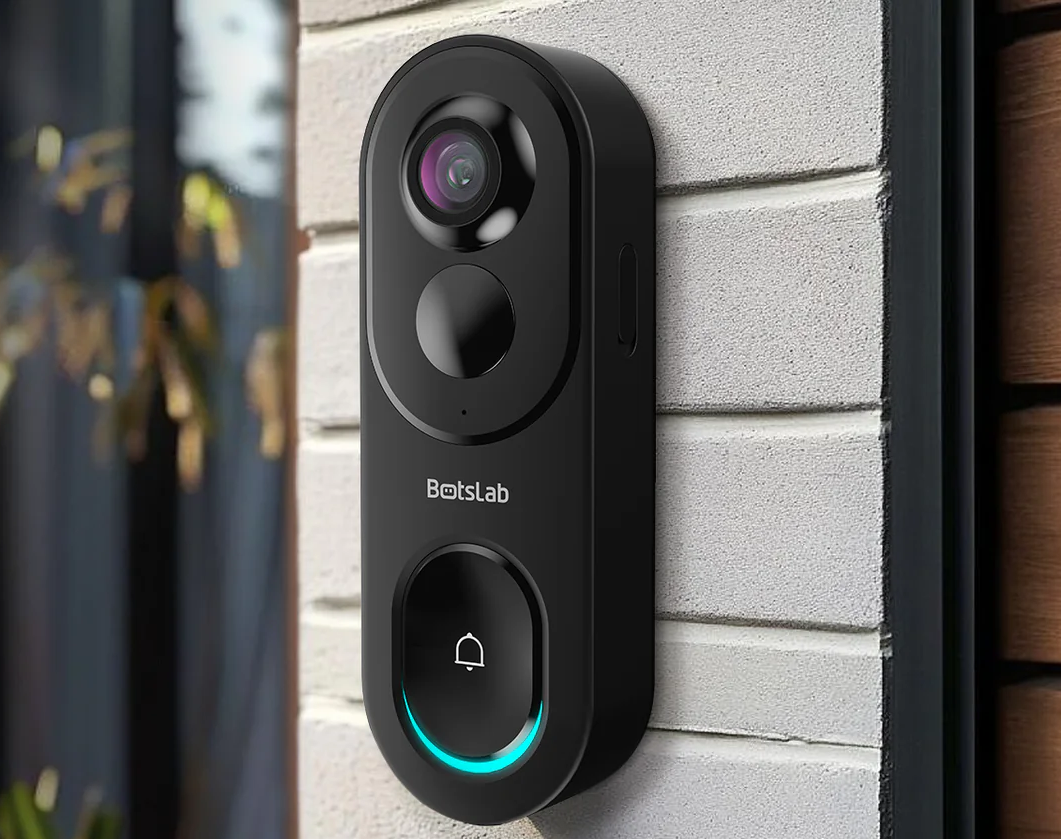
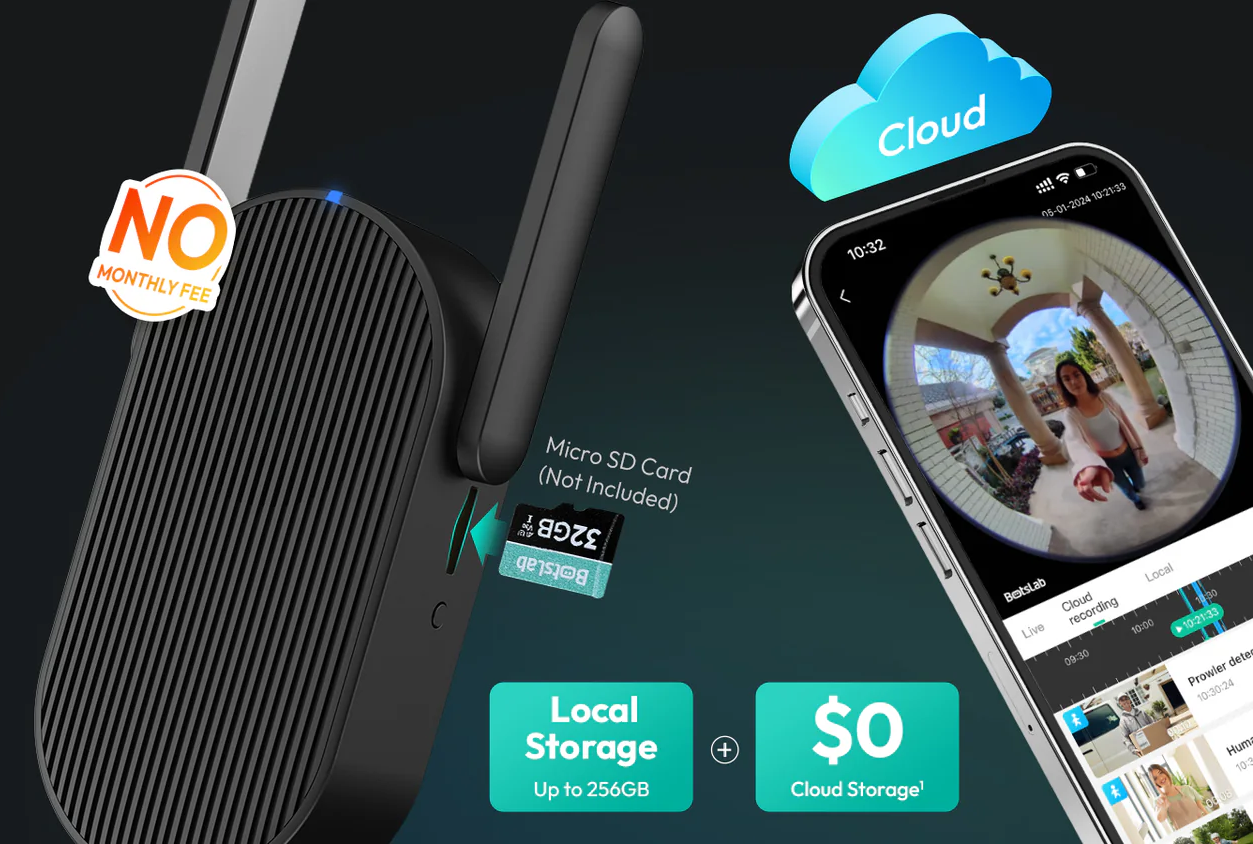



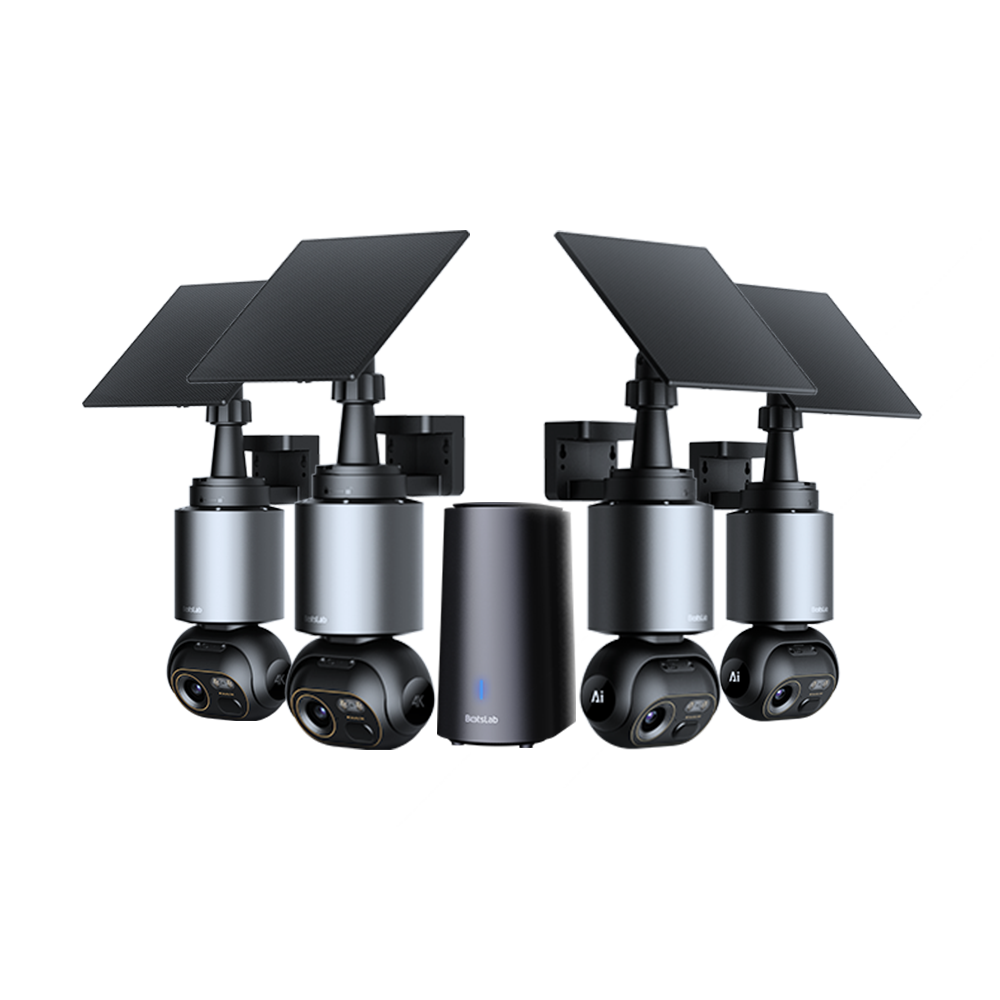




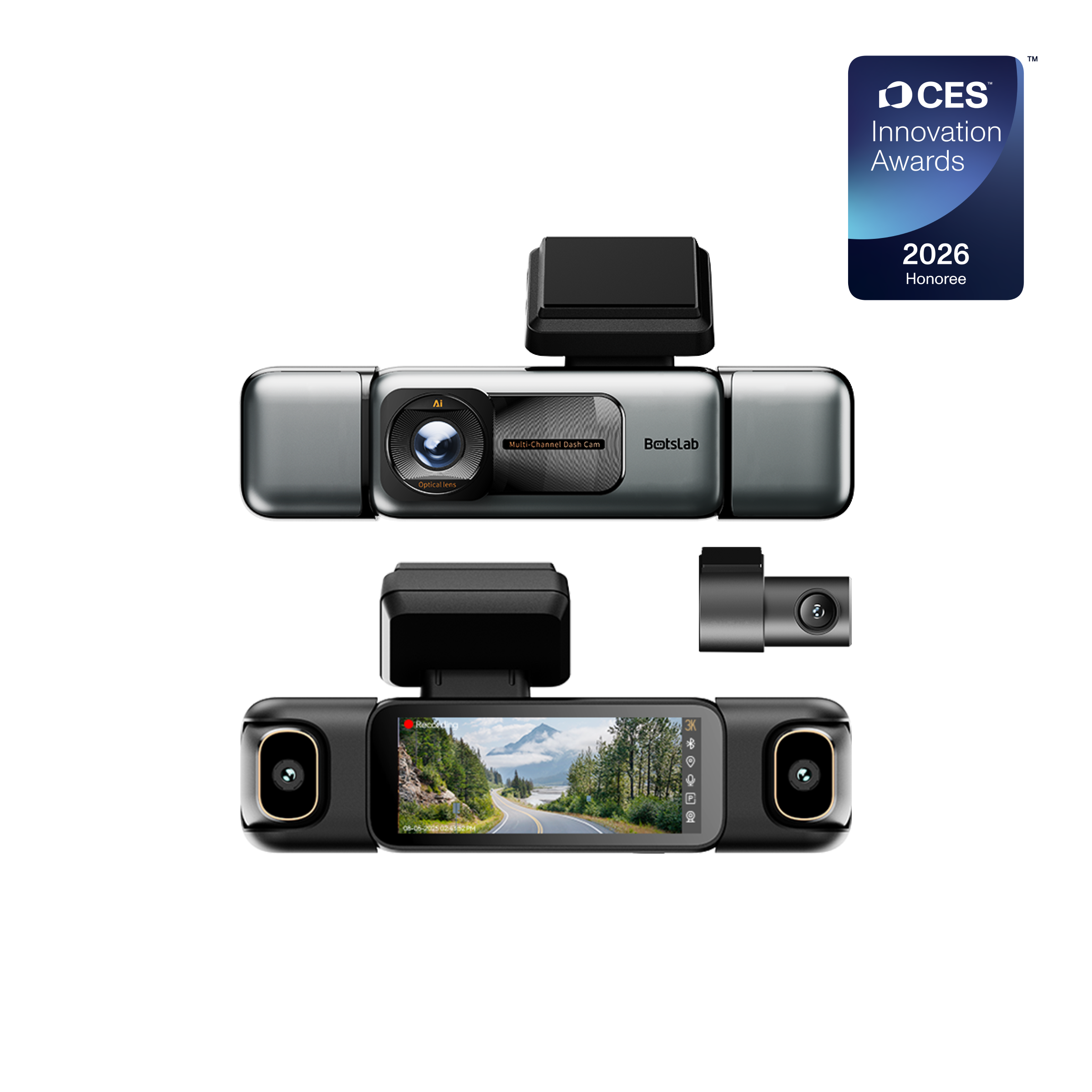
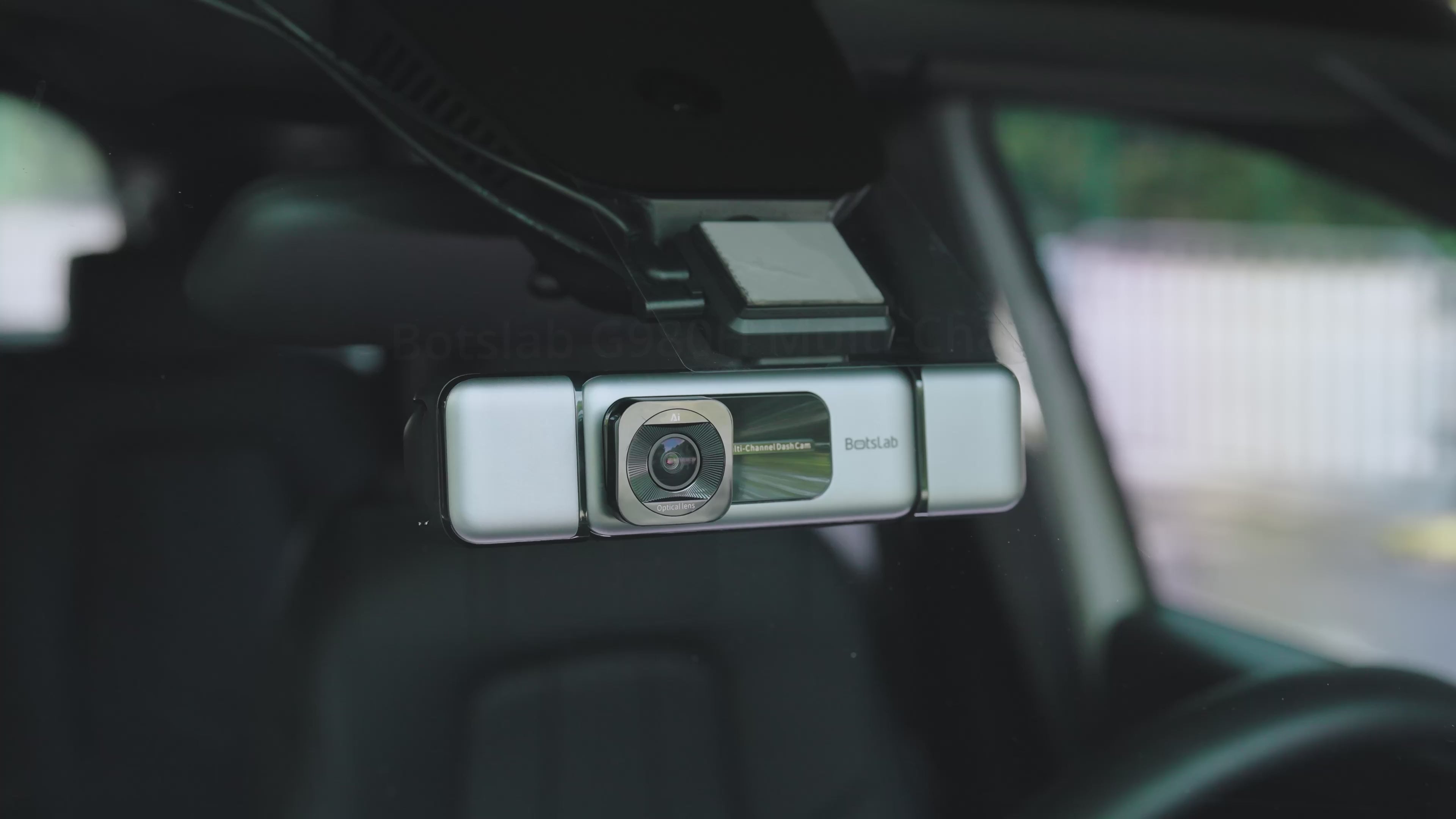
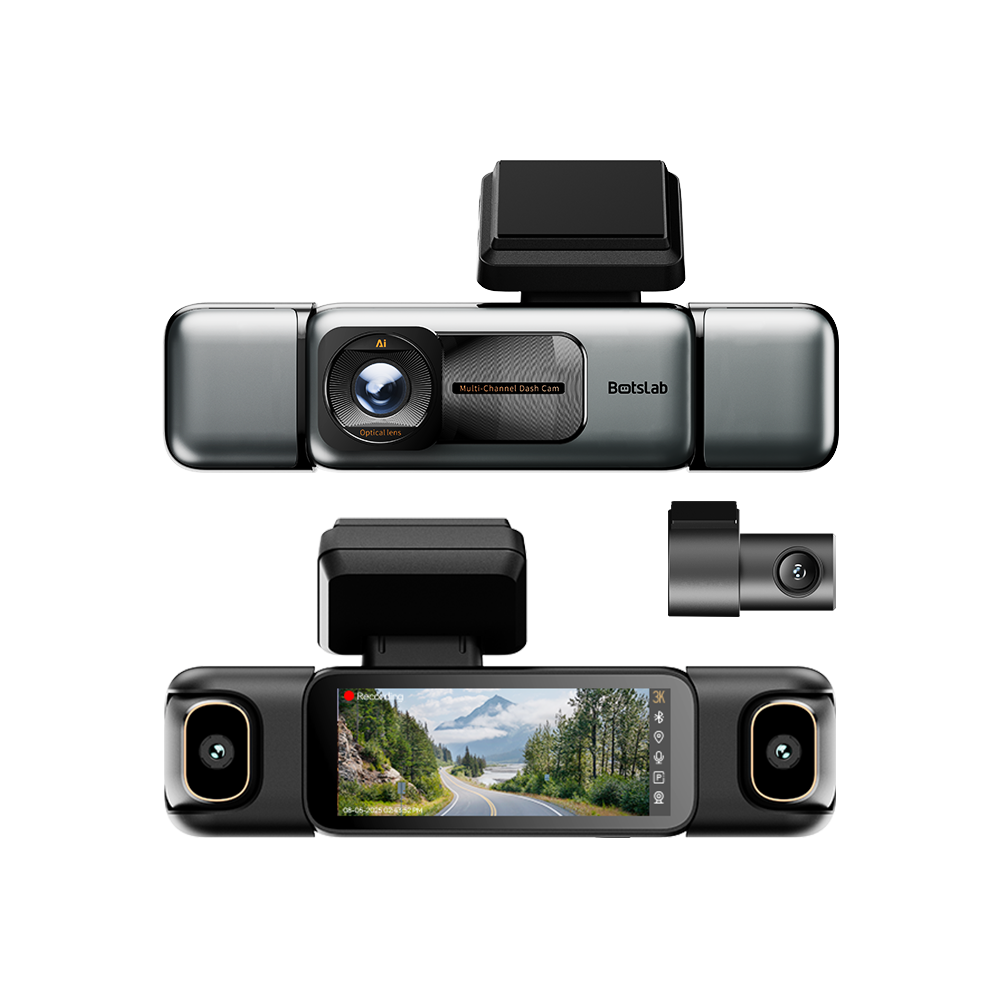
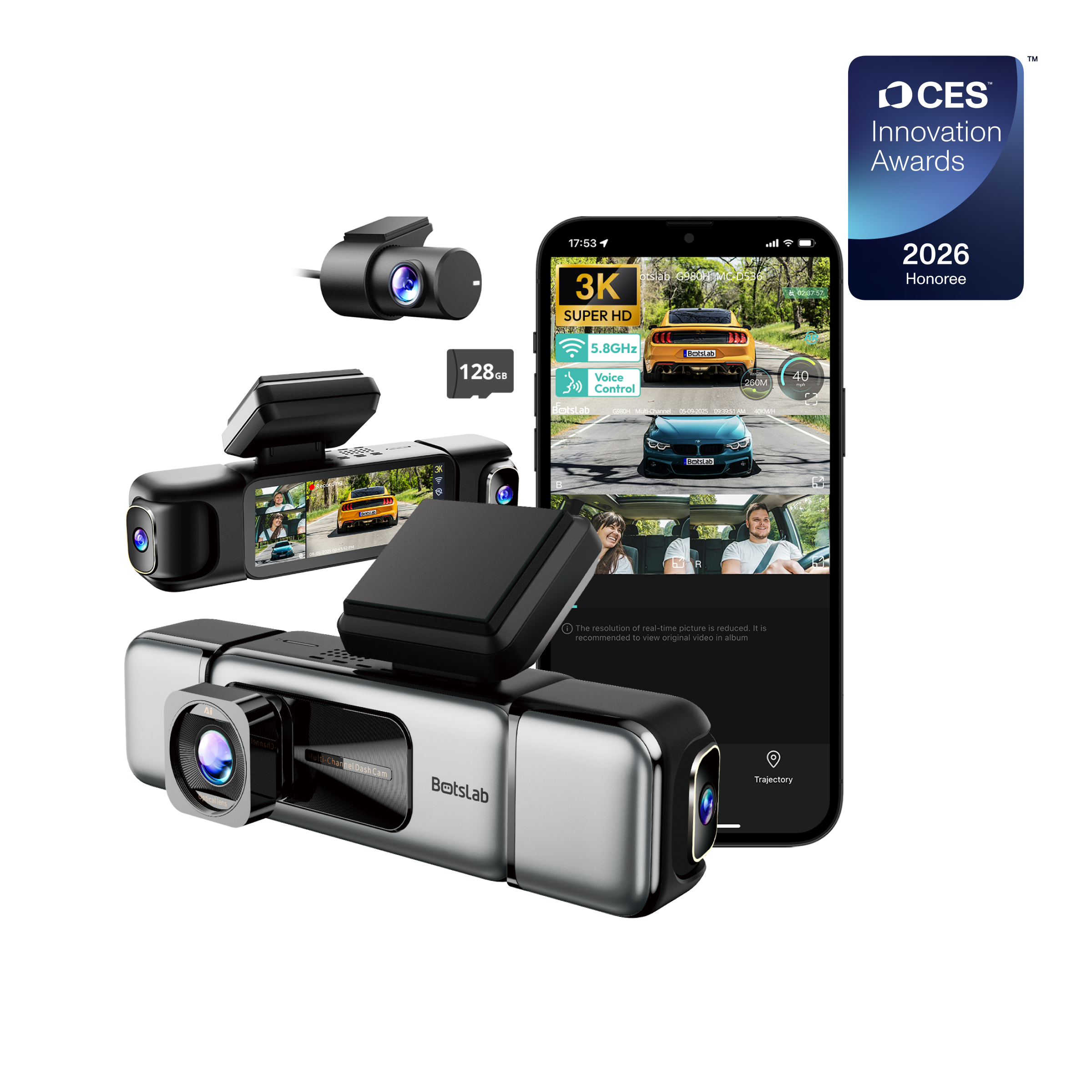





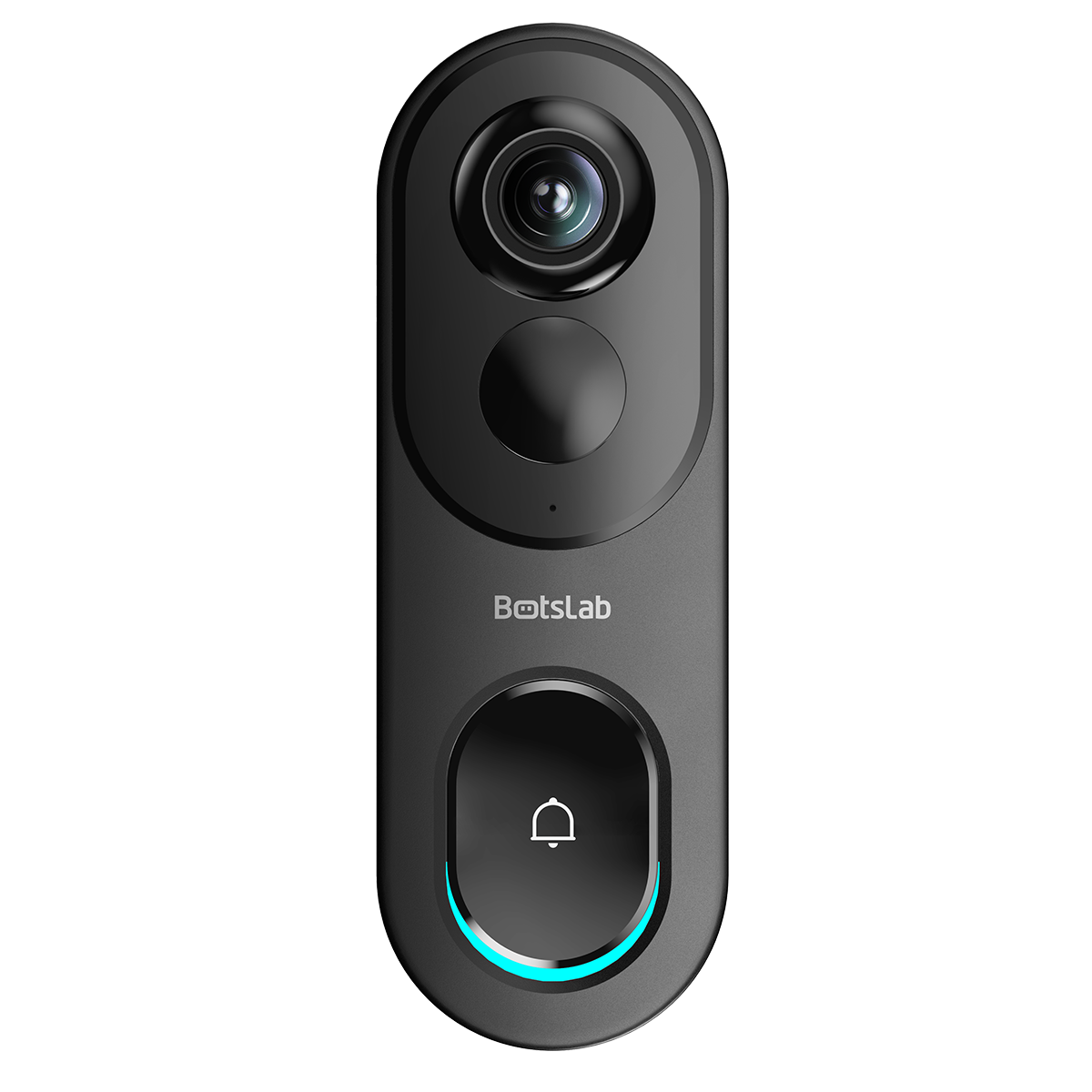




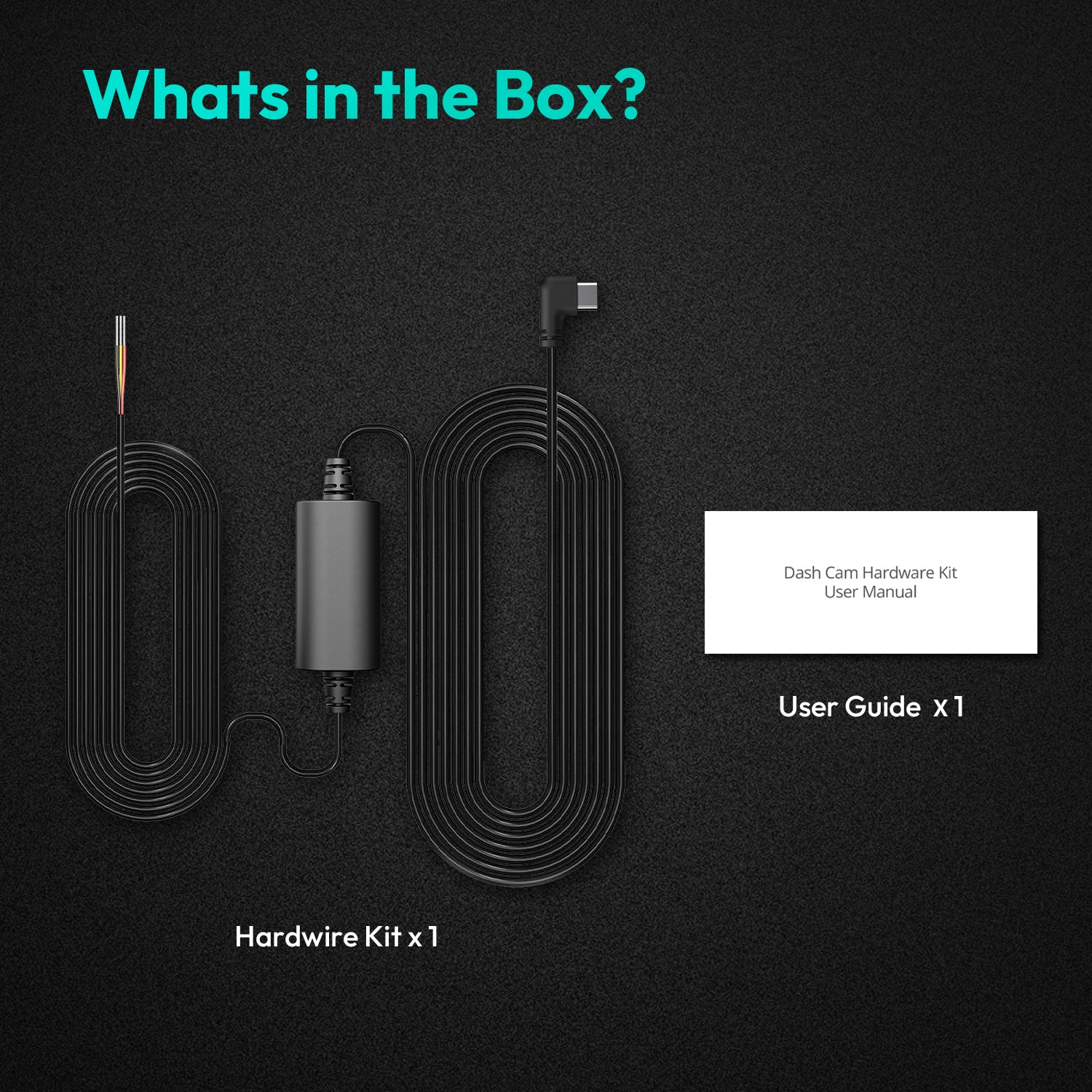
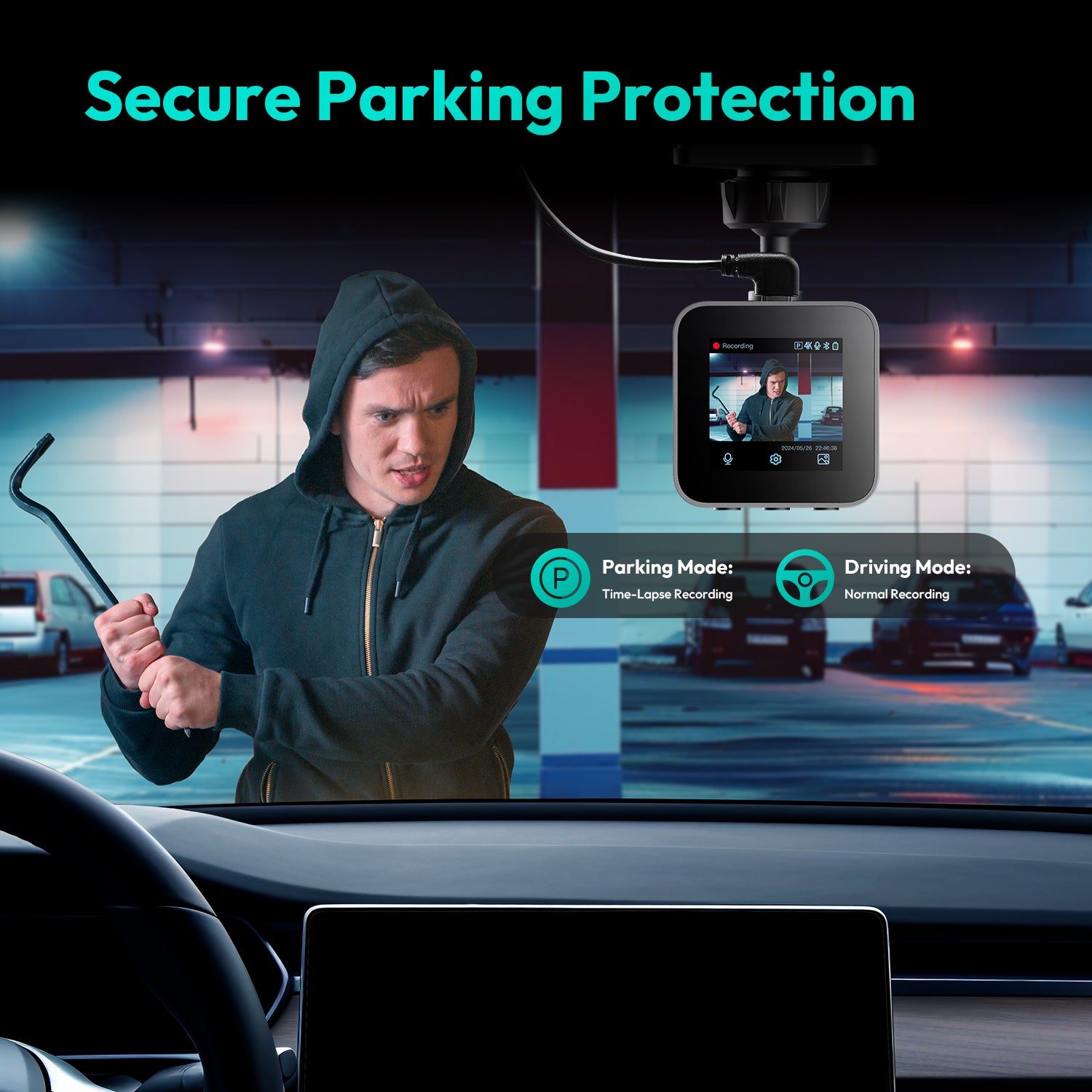
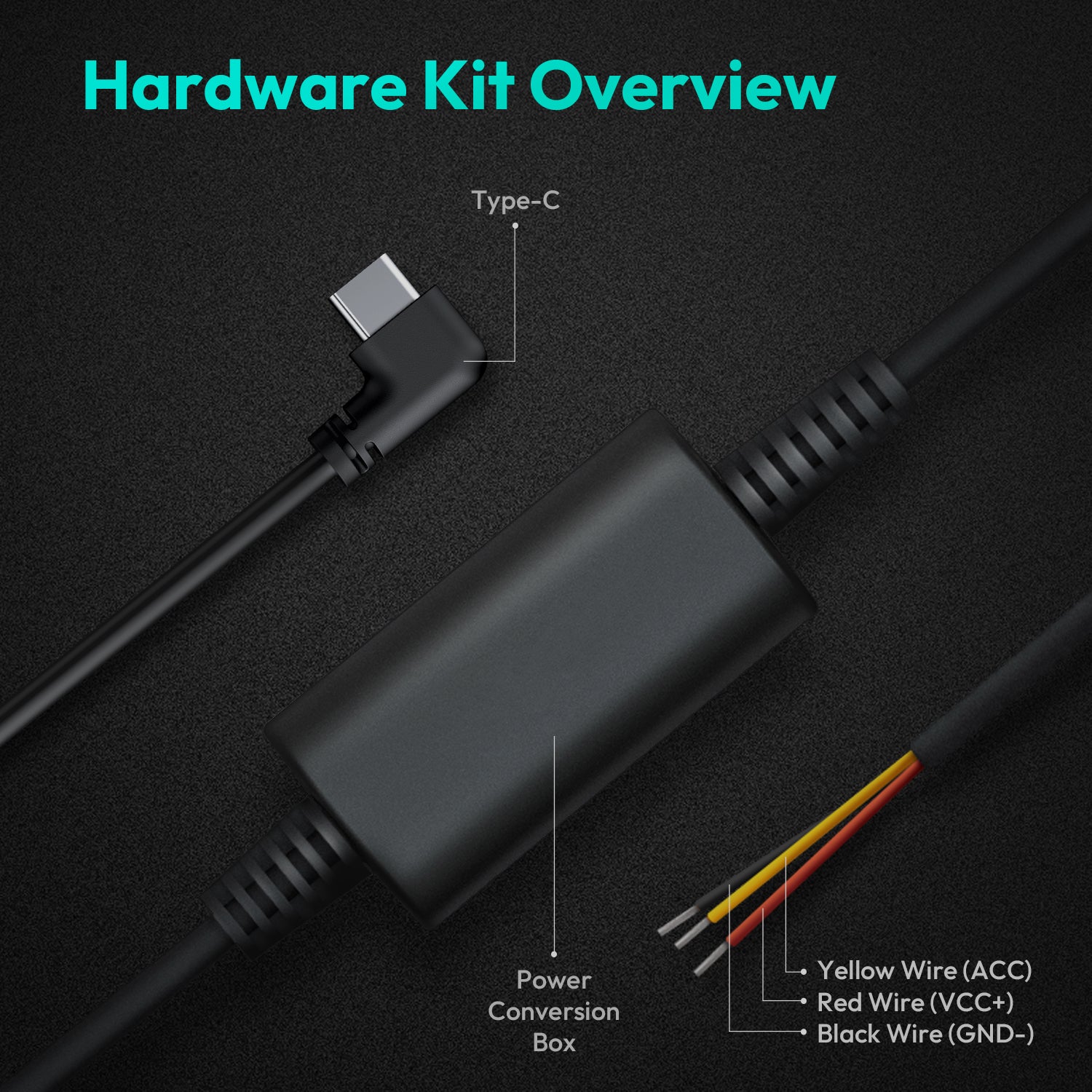
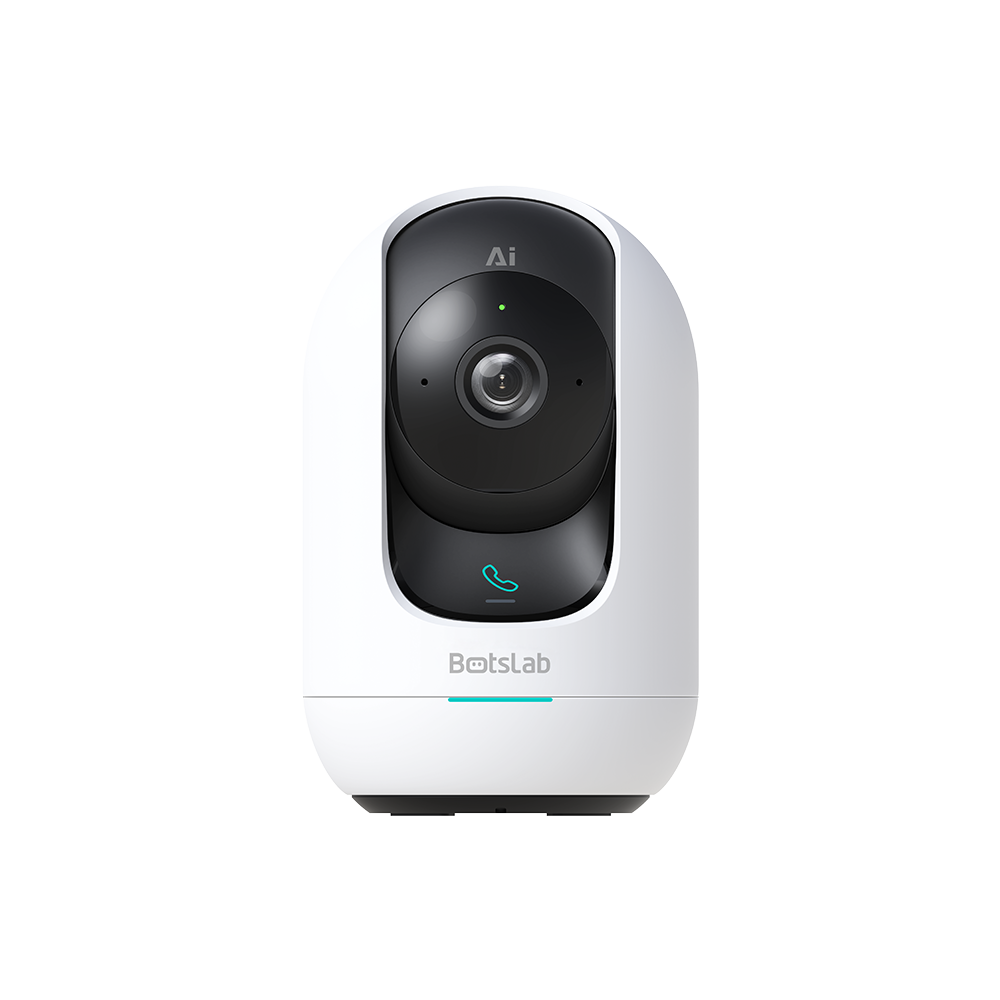


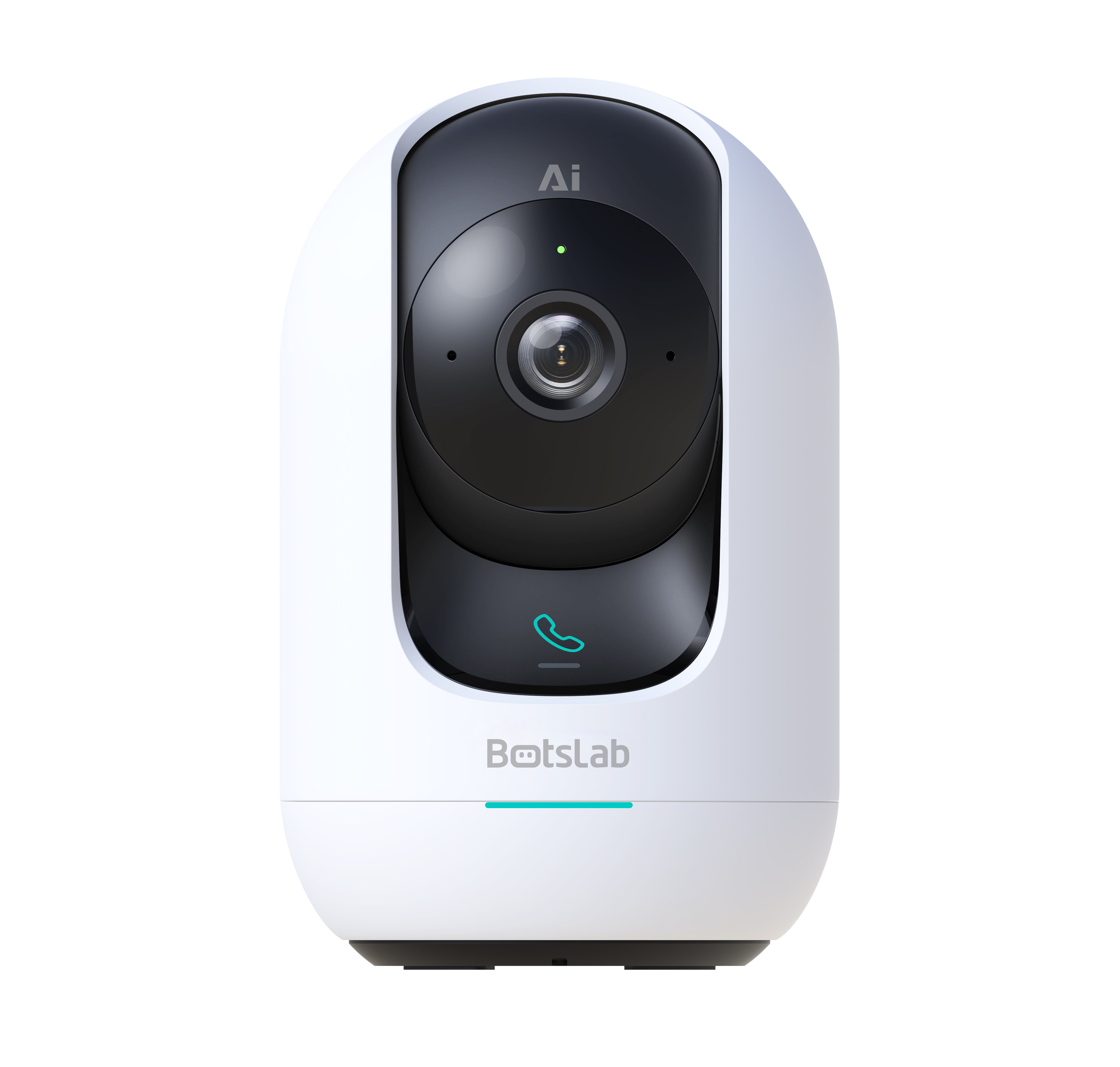

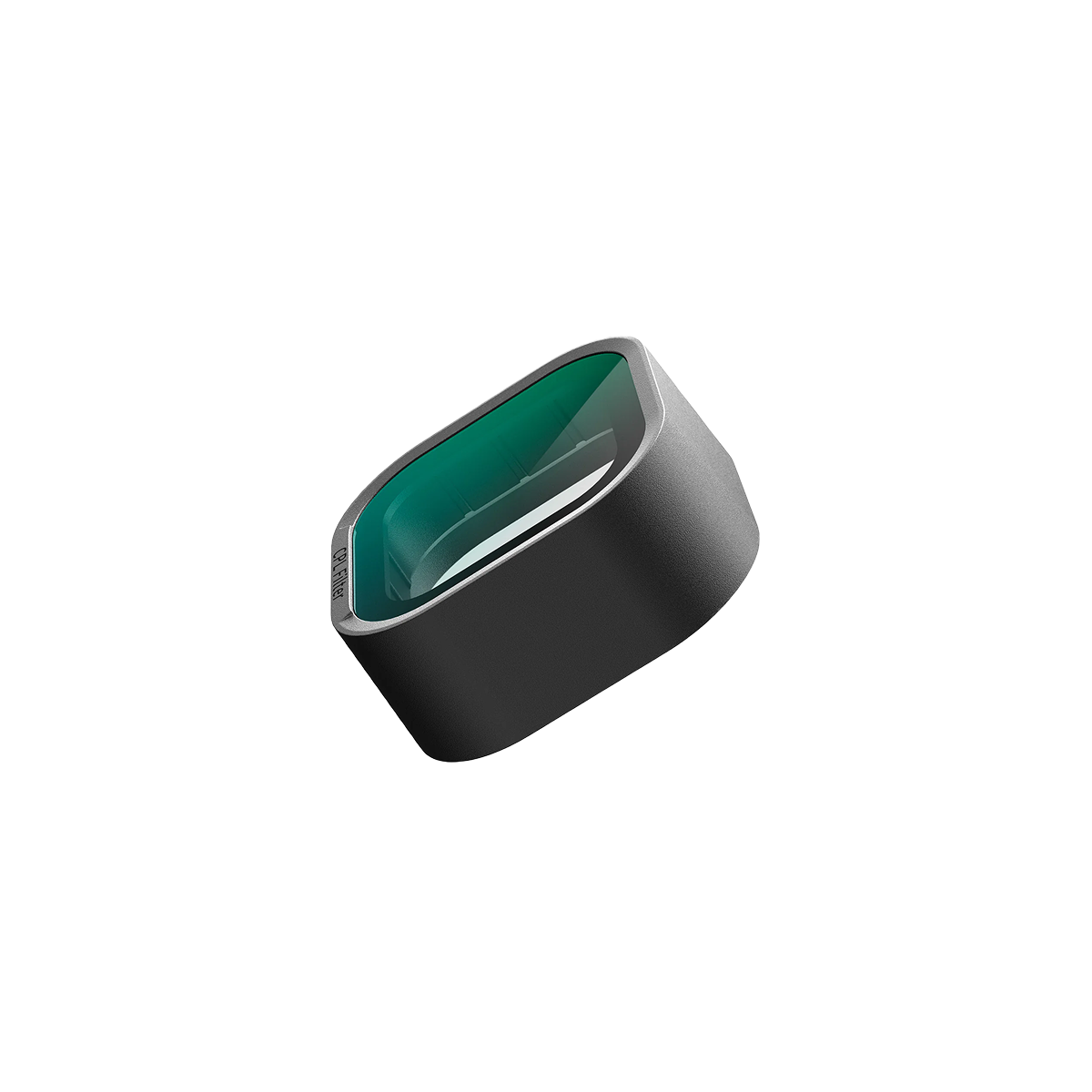



Share:
How to Choose a Heat-Resistant Dashcam Model for Summer?
What are the best front and rear dash cams for convertibles?